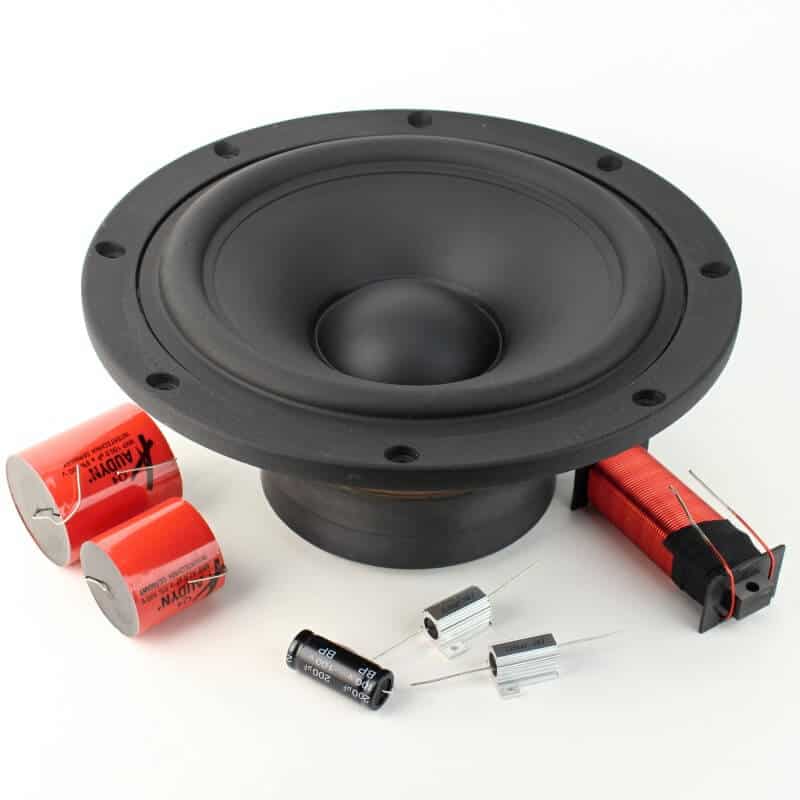I have a spare pair of (passive) 2-way speakers. I'd like to add the use of the woofers in the spare set to the passive 2-way speakers I have in service now.
I don't want to break into the sealed enclosures of either set to re-wire them with new 3-way crossovers (bad idea as drivers not optimized for such- I'm known to myself as a not-a-speaker designer).
If I had a pair of passive sub-woofer crossover filters, I could run the speaker-out cables from my amp to the sub crossover and through it, so I'd be using the woofers in one speaker pair and the other speaker pair would get all the frequencies above the sub crossover frequency, whether it's 80,100,120,200 Hz, whatever.
This is just a lark, where the spare 2-way speakers are currently useless, and I might realize improved sound by carving up the frequencies between the two woofers, in a sense, making one of them a "mid-woofer" and using the tweeter in the same cabinet. If I don't like the result, I can just disconnect the spare pair and continue to use the speakers as I have now, which would be fine.
The trick is, I can't find a passive sub-woofer crossover, and I'm incapable of designing one. If I at least had a schematic and the parts were available, I could probably solder the chokes, resistors, and caps together to get the job done, but a known-to-work-already-built crossover would probably be the smarter move on my part.
My thanks for any suggestions.
I don't want to break into the sealed enclosures of either set to re-wire them with new 3-way crossovers (bad idea as drivers not optimized for such- I'm known to myself as a not-a-speaker designer).
If I had a pair of passive sub-woofer crossover filters, I could run the speaker-out cables from my amp to the sub crossover and through it, so I'd be using the woofers in one speaker pair and the other speaker pair would get all the frequencies above the sub crossover frequency, whether it's 80,100,120,200 Hz, whatever.
This is just a lark, where the spare 2-way speakers are currently useless, and I might realize improved sound by carving up the frequencies between the two woofers, in a sense, making one of them a "mid-woofer" and using the tweeter in the same cabinet. If I don't like the result, I can just disconnect the spare pair and continue to use the speakers as I have now, which would be fine.
The trick is, I can't find a passive sub-woofer crossover, and I'm incapable of designing one. If I at least had a schematic and the parts were available, I could probably solder the chokes, resistors, and caps together to get the job done, but a known-to-work-already-built crossover would probably be the smarter move on my part.
My thanks for any suggestions.

